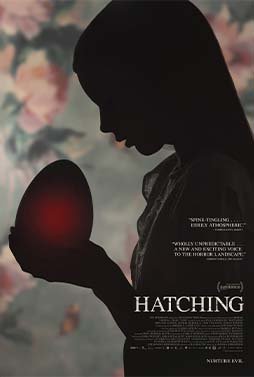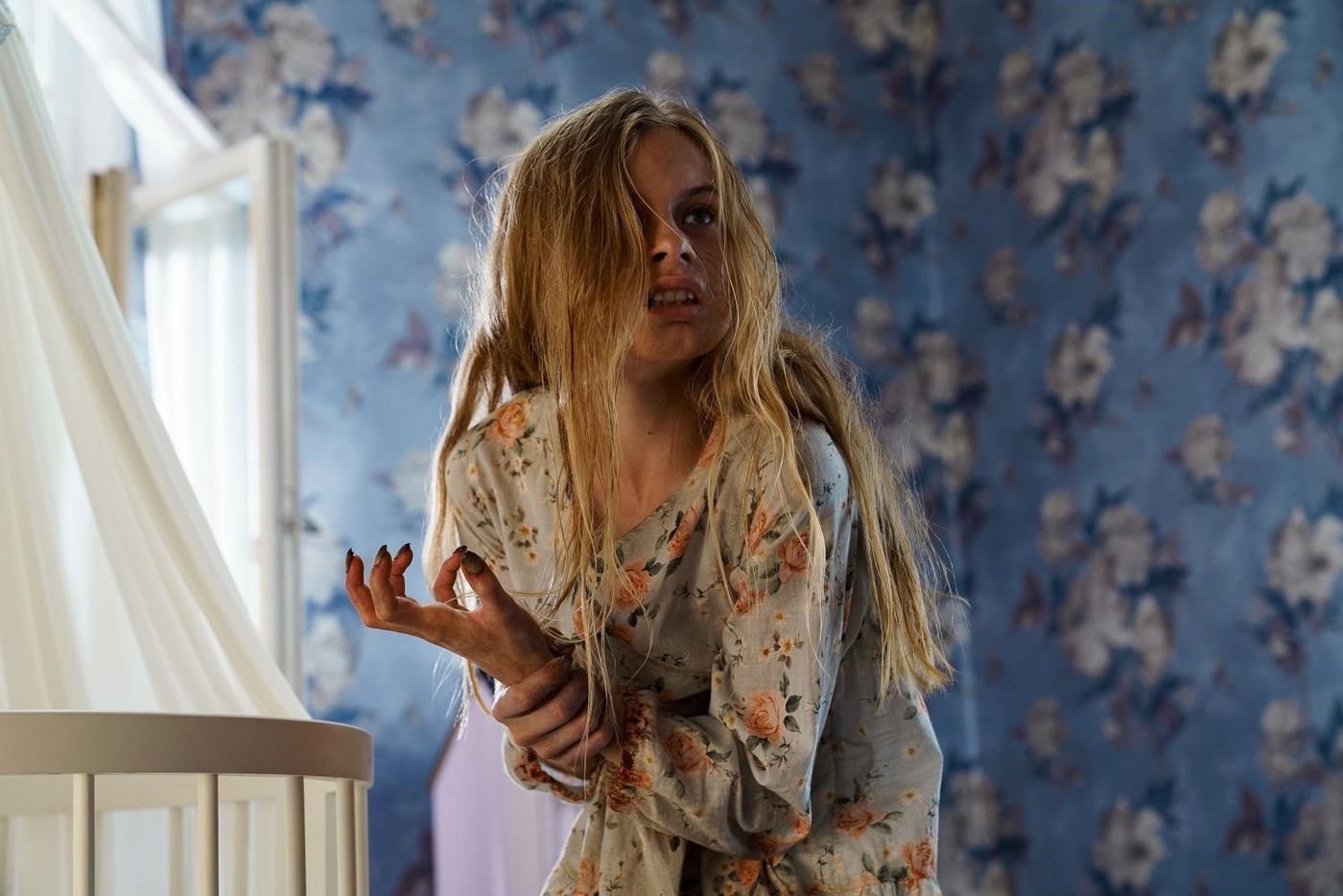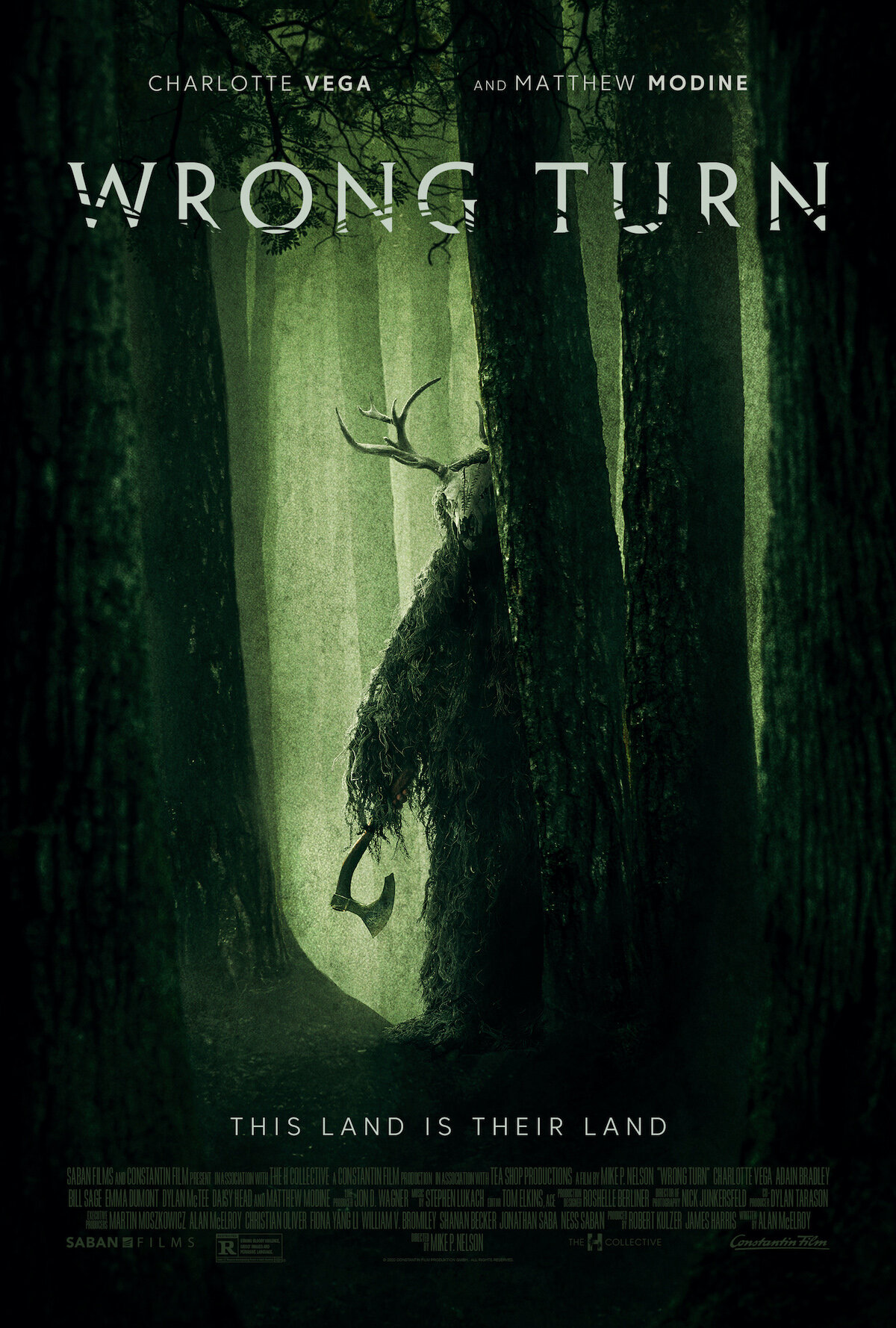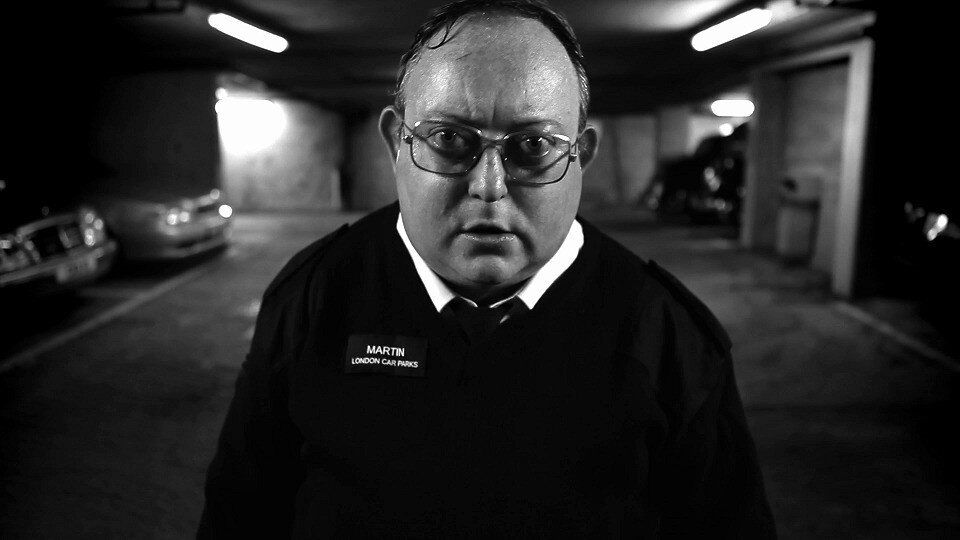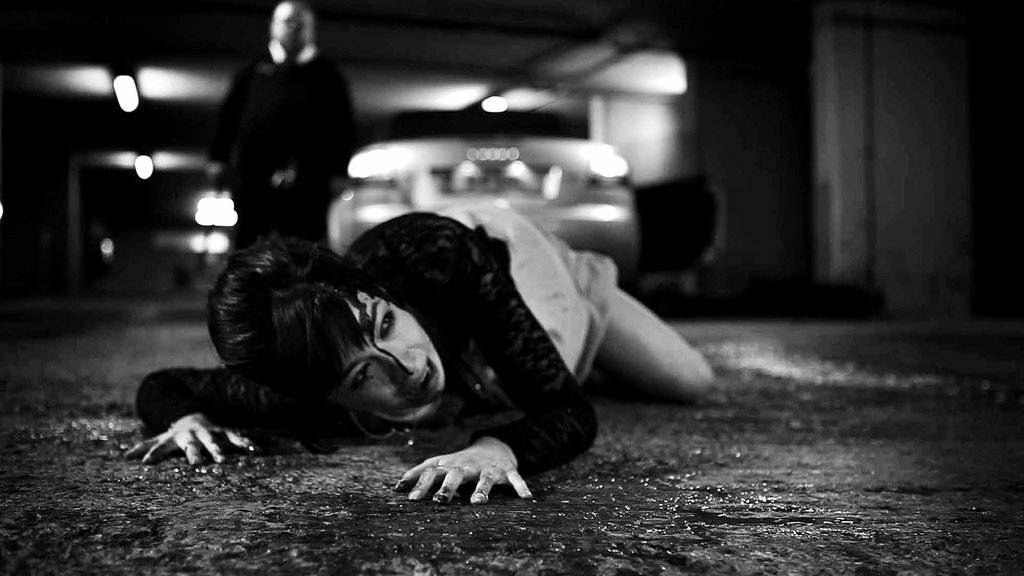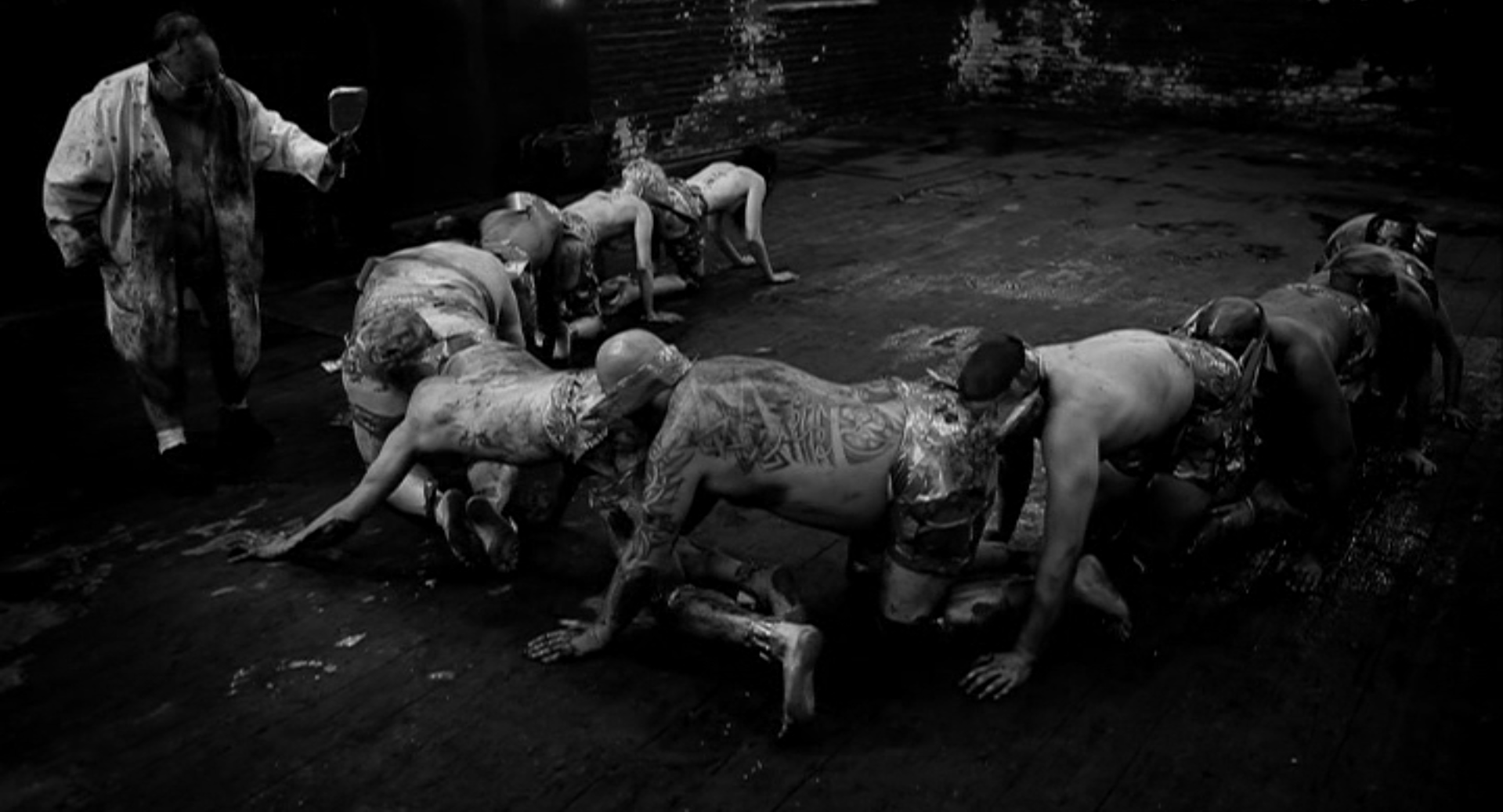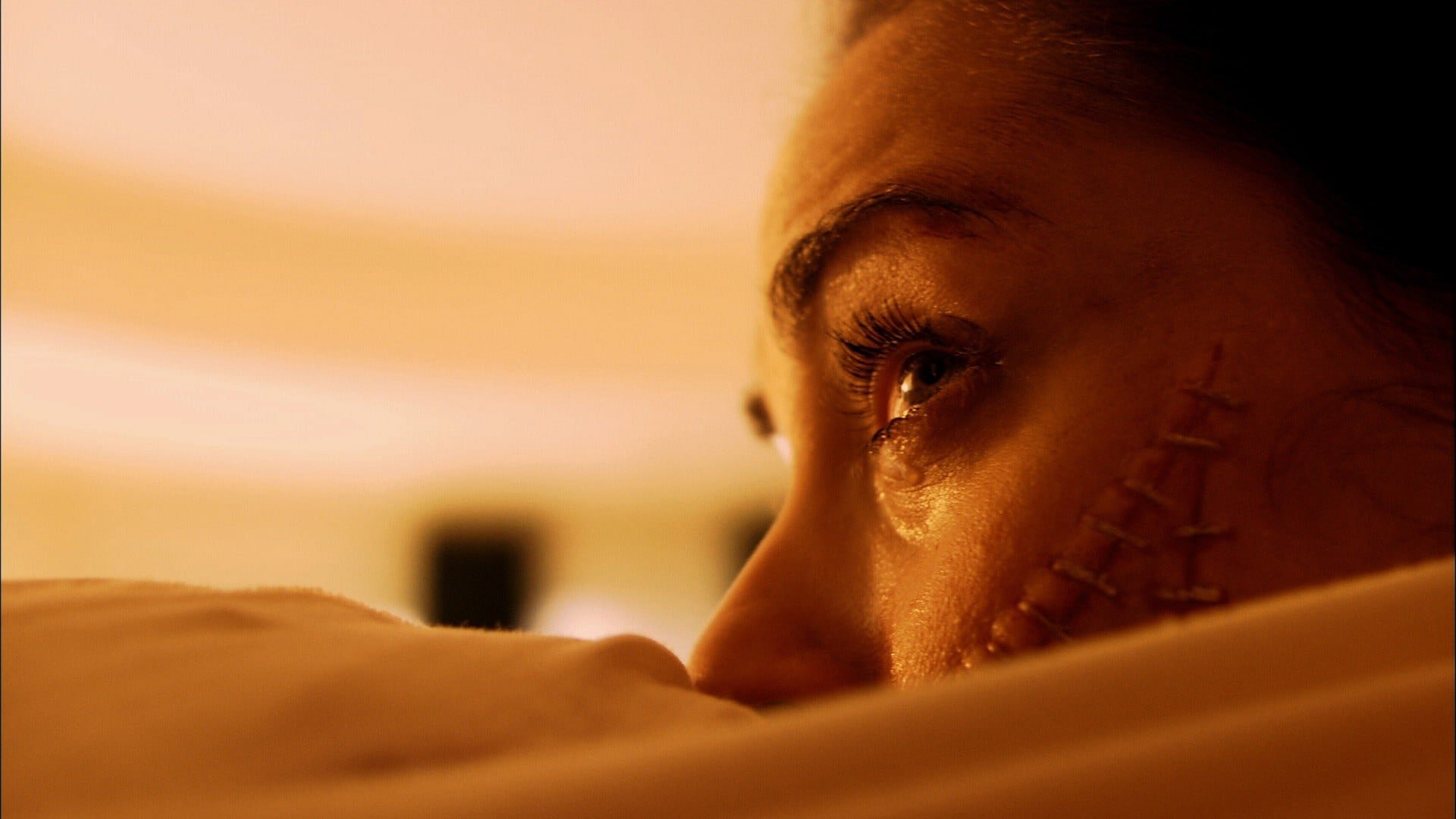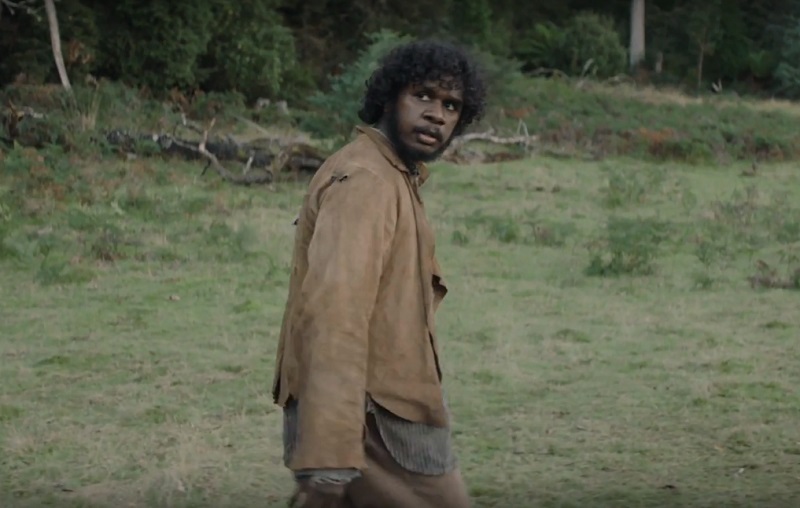New Zealand | 2024 | Directed by James Ashcroft
Logline: A former Judge, now residing in a rest home following a stroke, attempts to stop an elderly psychopath and his child's puppet from continued abuse of the home's residents.
Following his critics’ darling debut feature, Coming Home in the Dark, Kiwi filmmaker James Ashcroft tackles a seemingly increasing trend of horror-thrillers dealing with the spectre of dementia and death that looms over old age. Three of my personal favourites from the past ten or so years are The Elderly from Spain, Relic from Australia, and The Taking of Deborah Logan from the US. While Ashcroft doesn’t employ anything supernatural in his tale of aged retribution, he still manages to create a very unsettling atmosphere from the get-go and sustains it for much of the film.
A prologue scene establishes senior Judge Stefan Mortensen (Geoffrey Rush) delivering a jury’s decision and handing out the sentencing on a brutal murder trial. But, there’s something not right with the Judge, he’s distracted, he’s slurring his words, he’s not all there, he collapses from a stroke.
He’s admitted for what is intended as a temporary stay at an aged care facility, suffering from partial facial and arm paralysis, and a particularly disgruntled frame of mind. The staff seem nice enough, his roommate is the affable, former rugby legend Tony “Gunner” Garfield (George Henare), but Stefan would prefer to keep to himself. Almost immediately another patient takes interest in Stefan from afar, Dave Crealy (John Lithgow, fashioning a curious Trans-Tasman accent), an imposing figure, armed with his trusty children’s hand-puppet whom he calls Jenny Pen.
Crealy is a menace from the dementia ward, quietly bullying the other residents, and taking regularly nocturnal visits to Tony’s bedside where he intimidates him into licking Jenny’s “arsehole” and then sexually humiliating him, while Stefan watches from his own bed, appalled. Soon enough, Crealy is bullying Stefan, despite his defiance, and it becomes quickly apparent the staff aren’t willing to believe the Judge’s complaints. Bad behaviour will only escalate.
Ashcroft elicits excellent performances from his two veteran character actors, Rush and Lithgow, who seem to be relishing the opportunity to play their age, warts, sagging behinds, contemptible tempers, and all. Rush’s learned, sarcastic Mortensen vs. Lithgow’s cruel, intense Crealy. It’s a game of hearsay, a contest of intimidation, a battle of wills. Which is stronger, the body or the mind?
Superb use of sound design, and some genuinely creepy moments, but I found the narrative losing its way in the second half, and by the final act, I’d become disengaged from Stefan Mortensen’s plight and tired of Dave Crealy’s elusiveness. There are hints to a story much darker, a background more insidious, and a denouement much more satisfying than the one we finally arrive at. By film’s end I no longer cared what happened to either of the central characters, as several endings unfolded, and we’d taken a little too long in getting there.
Despite problems with its scripting and pacing, The Rule of Jenny Pen is a visually striking, and curious take on the vulnerability and fragility of identity in old age, and how abuse – and its disguises – can extend in the most alarming ways.
As an aside, having grown up in New Zealand in the 70s and 80s, I was pleased by the appearance of several familiar veteran faces from the Kiwi stage and screen – Ian Mune, Bruce Phillips, Jane Waddell, Ginette McDonald – amongst the rest home patients. Had my thespian father still been alive, I feel sure he would’ve been playing one of them too.










